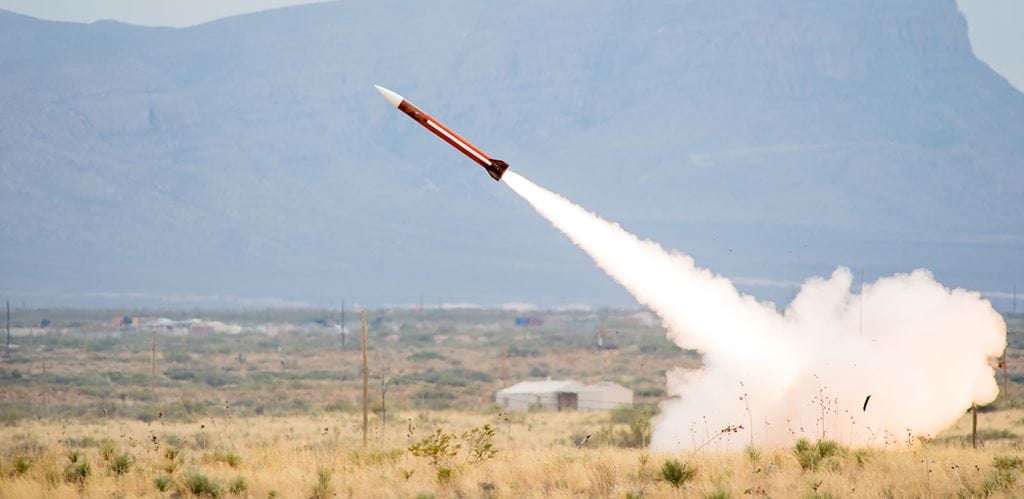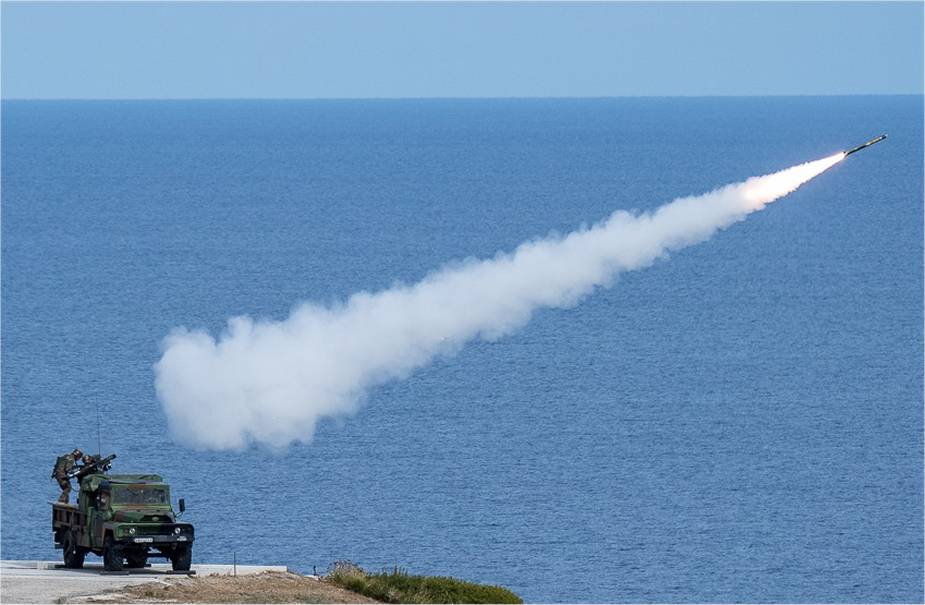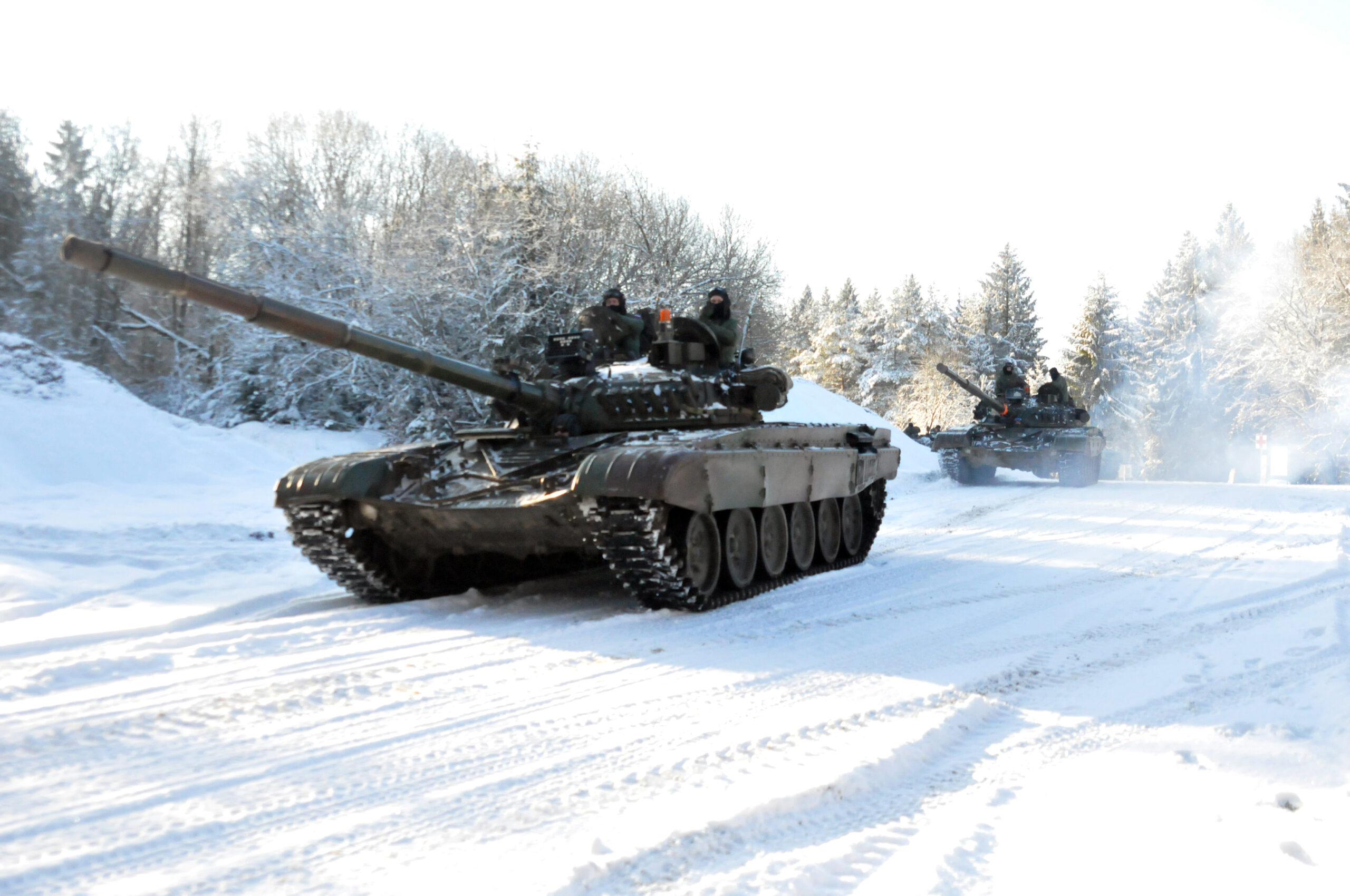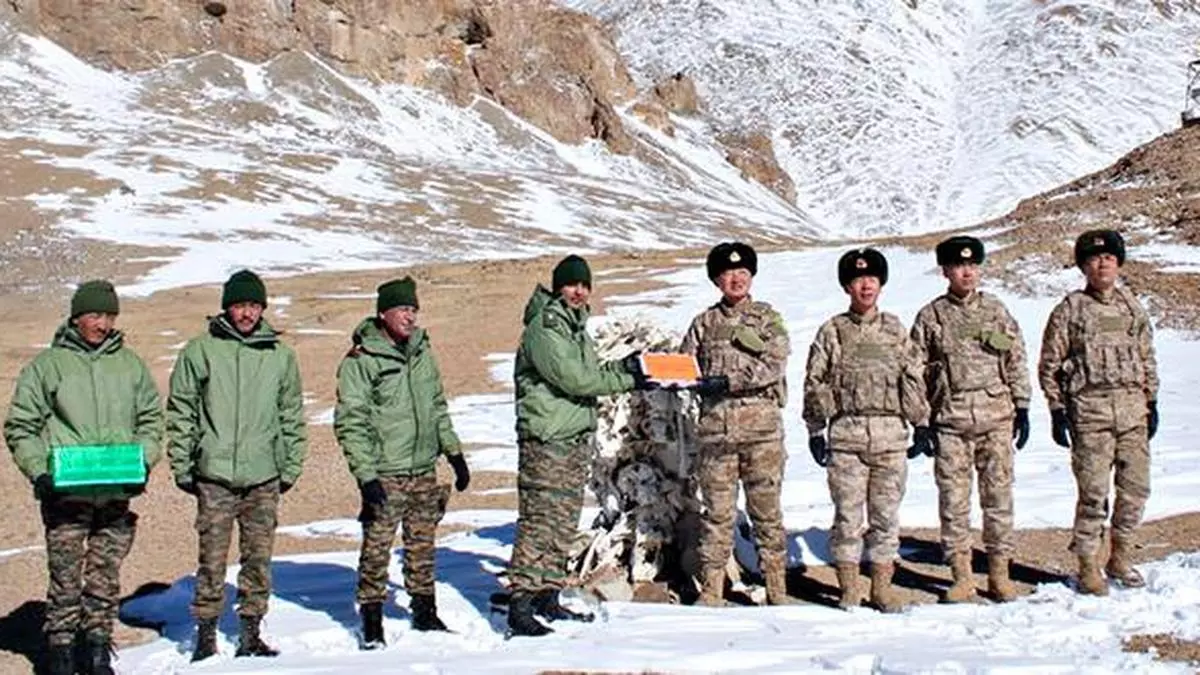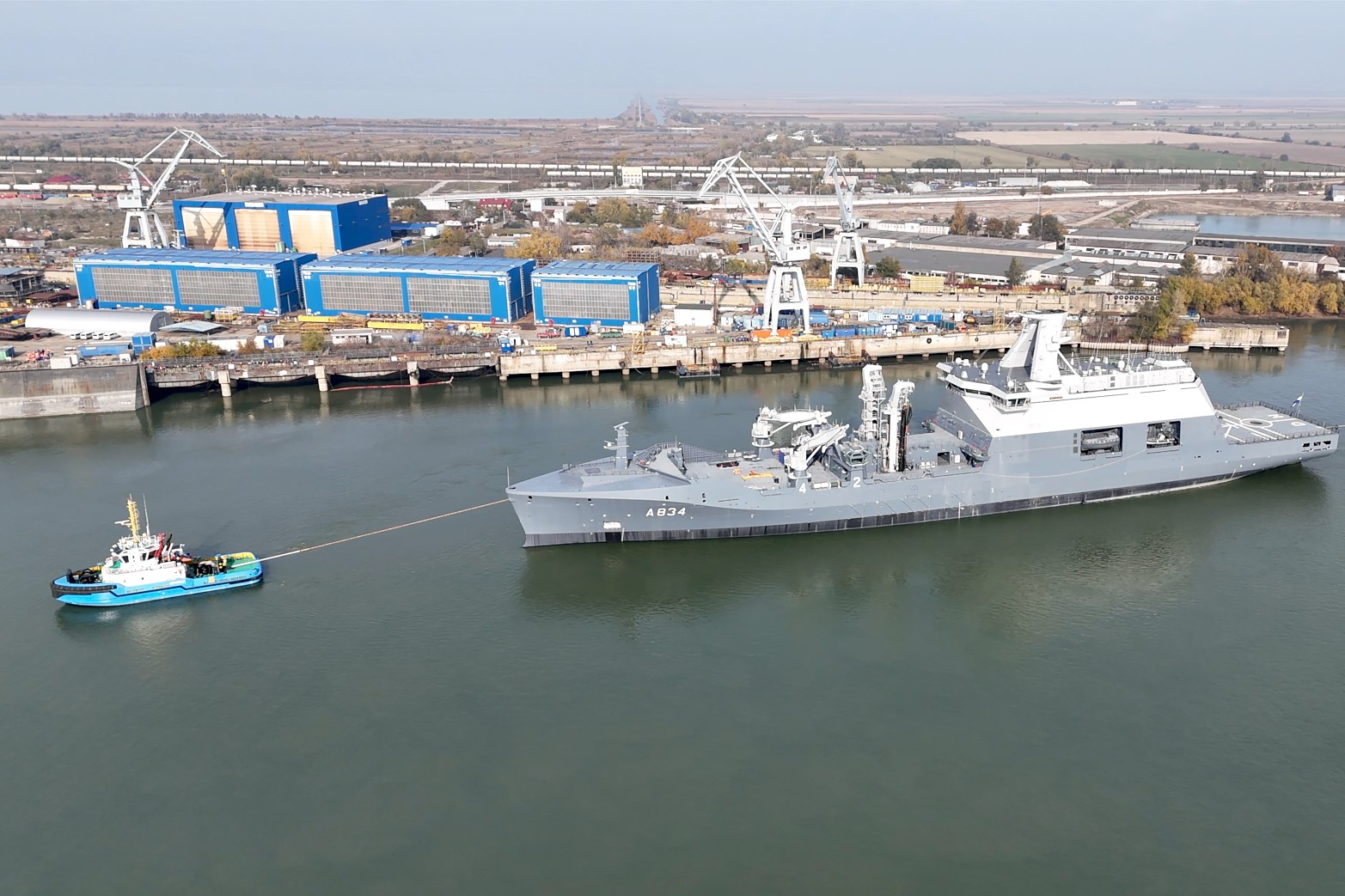Sweden Joins Coalition to Procure 1,000 Patriot Missile Interceptors Amid Rising Defense Needs
Sweden has officially joined a coalition of European nations in a significant defense procurement initiative aimed at enhancing air defense…
EU Approves €300 Million for Joint Defense Procurement in Five Projects
The European Union has made a significant move to enhance the defense capabilities of its member states by approving a…
Croatia Sends Military Vehicles to Ukraine in Support Against Russian Invasion
The Croatian government is taking a significant step in bolstering Ukraine's defenses against Russia's ongoing invasion by dispatching a substantial…
Indian Army to Seek Approval for 100 More K-9 Vajra Howitzers Ahead of 2024 Elections
The Indian Army is poised to submit a requirement for an additional 100 K-9 Vajra self-propelled howitzer guns to the…
Royal Netherlands Navy’s Future Combat Support Ship Completes Sea Trials in Romania
Damen Shipyards has initiated sea trials for the Royal Netherlands Navy's upcoming Combat Support Ship, the HNLMS Den Helder, in…
UN Security Council to Discuss Immediate Ceasefire Resolution Amid Ongoing Sudan Conflict
The UN Security Council is set to address a critical draft resolution that calls for an immediate cessation of hostilities…

